ATTACHING ENTREPRENEURS TO DO MORE
Mass production of books allowed many entrepreneurs to seize lucrative opportunities. Some bought translated books while others sold the technology that is interconnected with the printing press. Imports and exports among many nations were becoming more and more vibrant. Subsequently, all these economic movements enhanced the standard of living among many civilians who did not receive a high quality education or have any royal family status or connections. In essence, economic development led to technological development as well. Richard March Hoe, who is considered as a predecessor of Gutenberg, invented the rotary printing press.

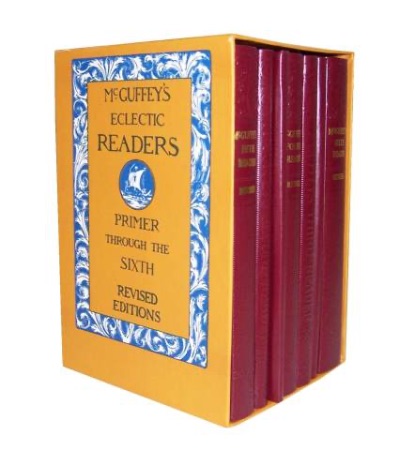
Groups of Workers Replicating the Bible, 2017, Reaction.
A picture of William Holmes McGuffey, McGuffey’s Eclectic Readers. During the industrialization of prints, school text books became a special industry; n.d.; Drucker.
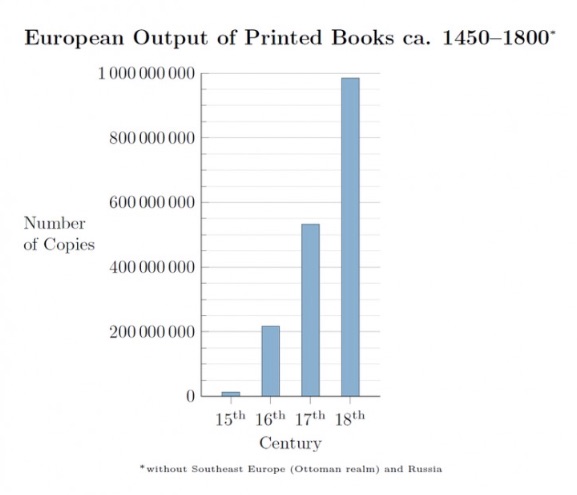
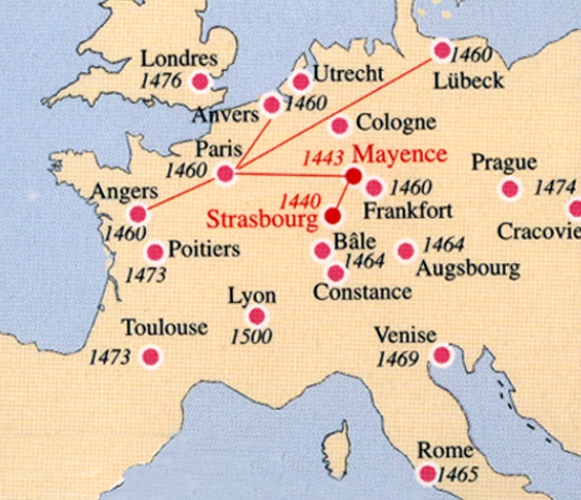
A bar graph showing the increase in the number of printed books in Europe between 1450 and 1800; 2018; McFadden.
A map of booming book printing business, n.d., Musée Protestant.
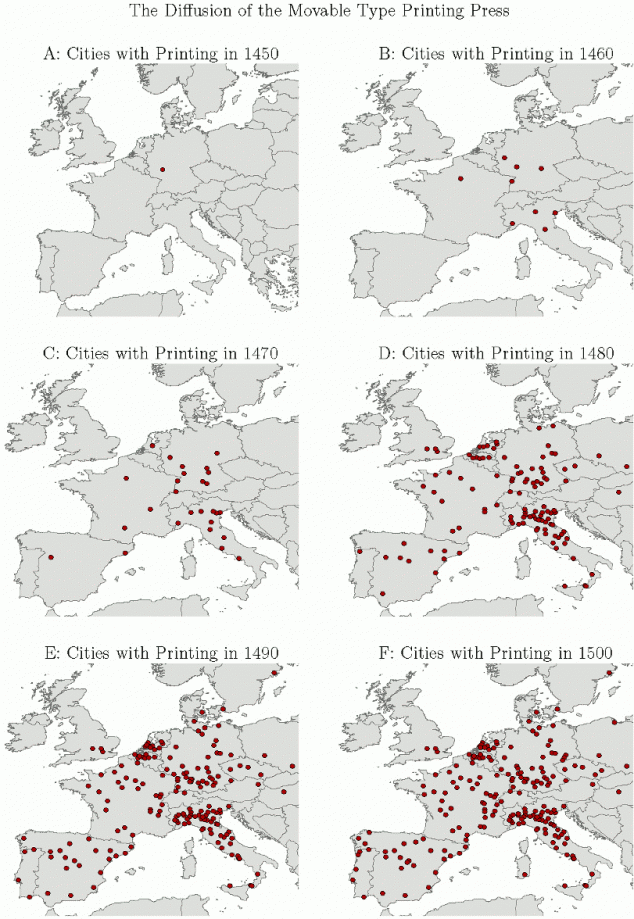
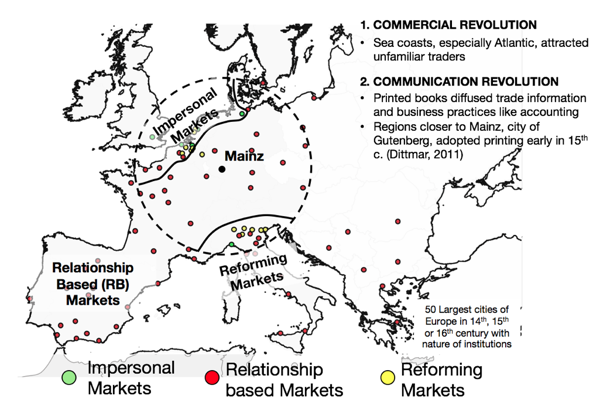
Jeremiah Dittmar created these maps in his study of the effect of the printing press on economic growth advantage between 1500-1600; n.d.; Medianism.
Northwestern Europe is close to Mainz and the Atlantic ports, and so it became the center of the commercial and communication revolutions; n.d.; Bairoch et al.
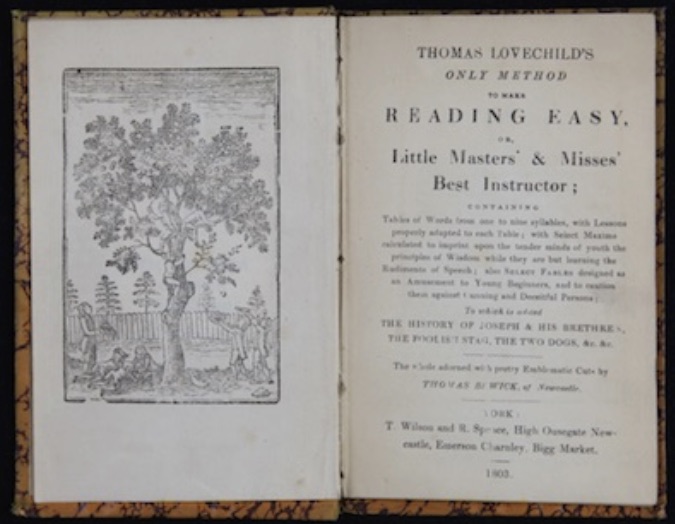
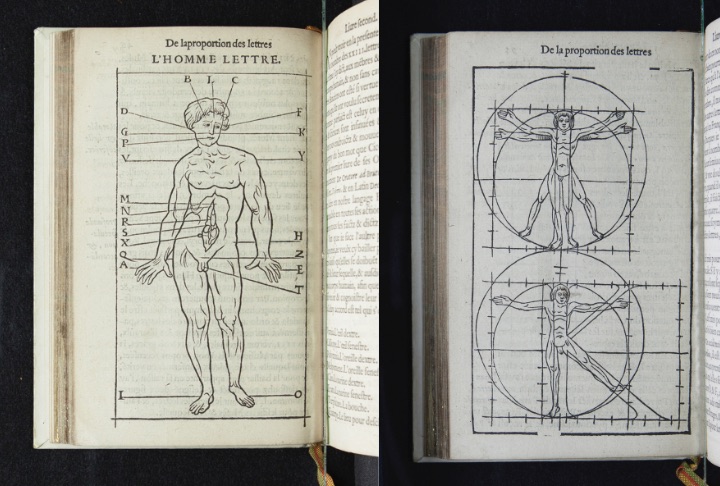
A photograph of Thomas Lovechild’s Only method to make reading easy […]; as schoolbooks such as this were increasingly produced, it played a crucial role in increasing the literacy rate in Britain and North America; n.d.; Drucker.
Pages from Champfleury by Geoffroy Tory, a well-known letterform theory in Renaissance. Without the invention of printing press in the first place, the production of such academic and educational books would have been delayed, if at all, by centuries; n.d.; Drucker.